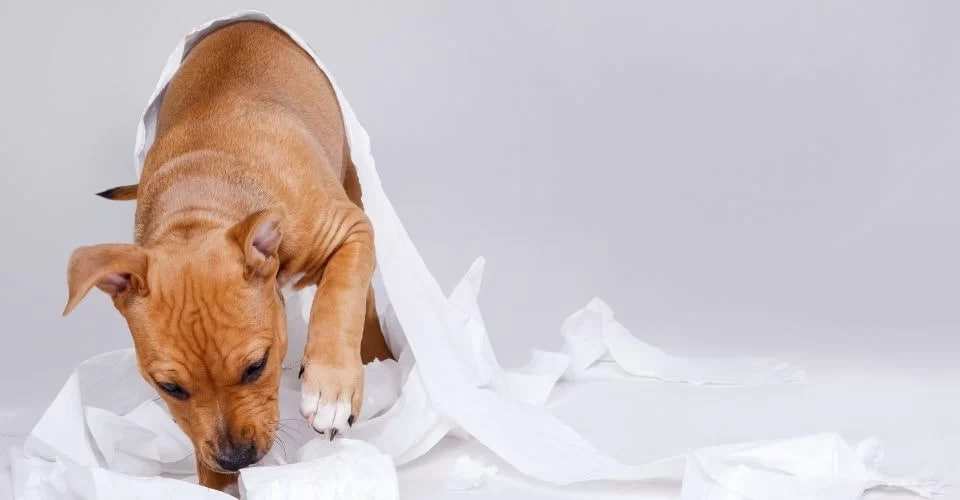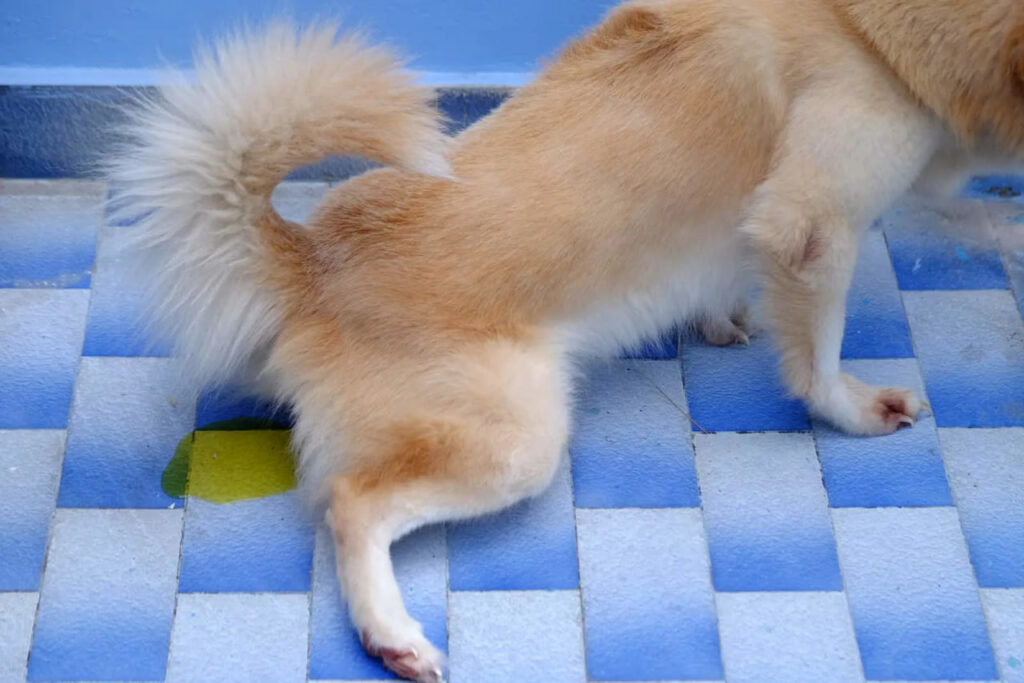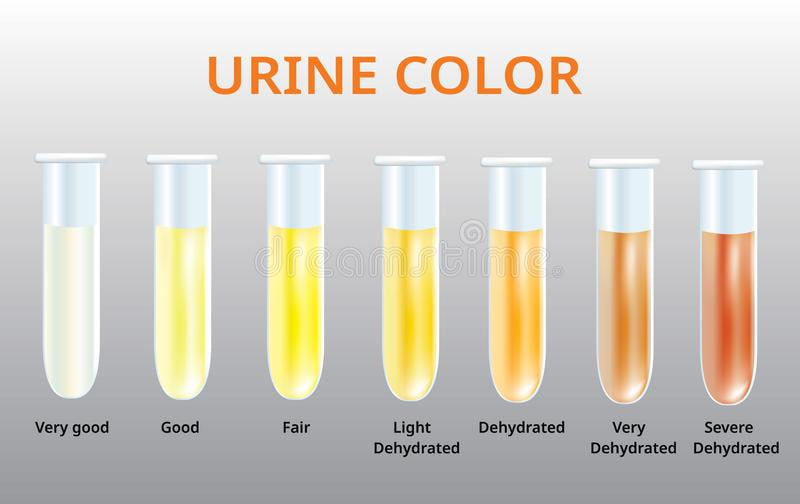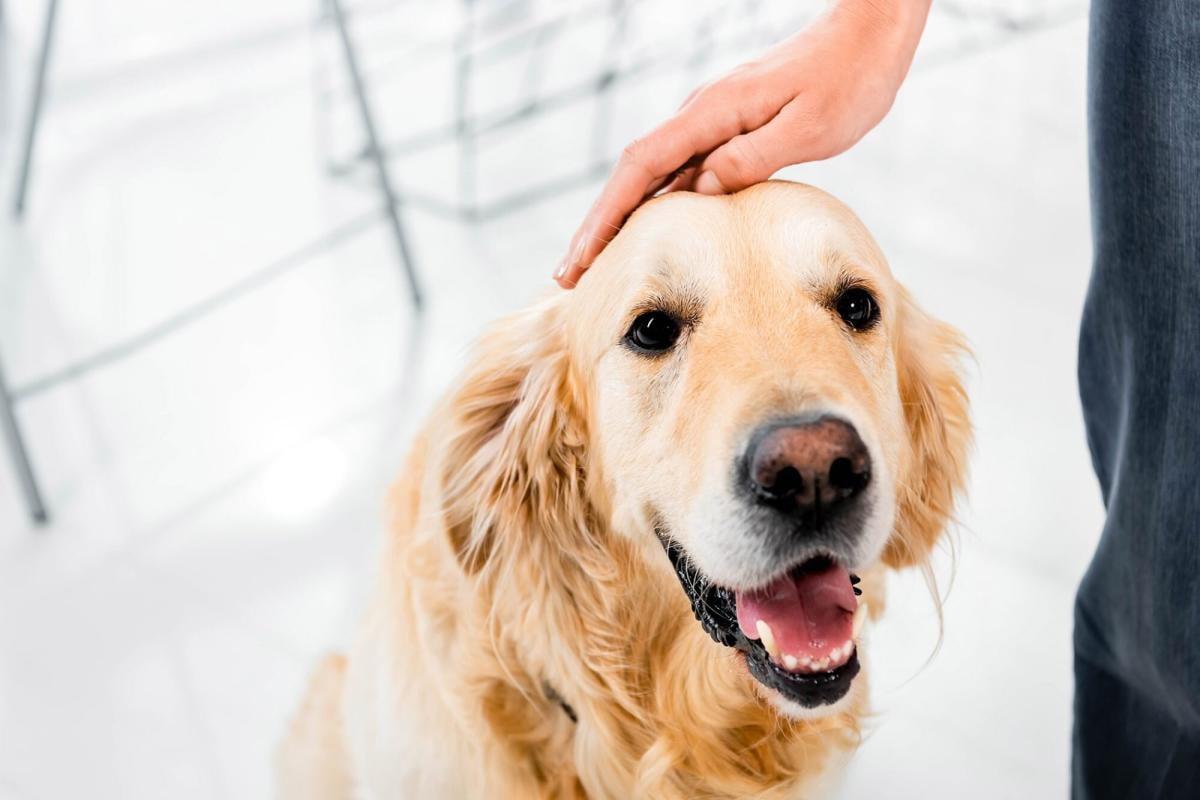When it comes to urinary health, pet owners should be on the lookout for signs of trouble. Much like in humans, animals’ normal urine color is an indicator of a healthy urinary system. Dogs are no exception; their urinary output can reveal if something is wrong with their overall wellbeing. If a dog’s urine appears dark yellow or milky, it might be an indication of a urinary tract infection, kidney or liver problems. It’s important to pay attention to these changes in your dog’s urinary habits and consult a vet if you observe any unusual shifts.
This is where the dog urine color chart may come in handy to make things further simple. It depicts each dog’s urine color against its causes and the remedies, making it effortless for dog owners just to have a picture of their furry friend’s fitness.

Dog Urine Color Chart
According to the dog urine color chart, pups can provide us with an array of visuals from virtually transparent liquid hues all the way up through deep yellow and black. But don’t be surprised if your pup’s markings come in even more unique shades like greens or other unexpected urine colors too!
Transparent or Clear
A million tails are wagging, but not all canines have clear urine. An overabundance of H20 or a health issue related to their kidneys and liver could be the cause: these illnesses disrupt the body’s ability to filter out toxins.
Overhydrating your pup can result in clear urine, but if the lack of color persists do not wait to take action. Collect a sample and speak with a veterinarian right away.
Pale Yellow—Normal Dog Urine Color
Healthy, happy dogs are known for their pale, bright yellow pee – a sign that they’re free from sickness and getting enough fluids.
It’s important to keep an eye on the color of your dog’s pee: pale yellow is normal, but if it strays from that hue—becoming dark or bright yellows over a long period of time—it could be signaling possible health issues. Don’t wait; seek help from a vet immediately if you witness this type of shift in male dogs urine shade!
Dark Yellow Urine in Dogs: Why Is My Dog’s Pee So Yellow?
When a dog’s water intake is lacking, the urea present in its urine can’t be properly diluted and causes it to take on darker shades of yellow. Not only does this indicate dehydration but might also result sticky dog urine being in an unpleasant odor.
Is your pup’s pee looking more mustard than lemonade lately? If rehydrating him doesn’t bring it back to a peachy hue, his body may be trying to tell you something. Before assuming any other issues are causing the discoloration of dog pees – such as renal or liver failure – make sure he isn’t suffering from anything else sapping hydration levels like diarrhea!

Black or Brown Urine in Dogs: Why Is My Dog’s Pee Brown?
Brown or black urine in dogs can indicate a troubling cause – damaged cells and muscles which results in the release of hemoglobin, myoglobin and other compounds into their bloodstream. This alarming color change in dog pee is most often an indication of red blood cells being harmed, but it’s important to take your pup for a checkup if you notice any unusual changes!
Whenever you observe brown or black urine from your pup, it’s time to act! This could be a sign of severe health issues including dehydration, internal bleeding and more. Don’t hesitate – take them for an emergency vet visit right away in order to identify the cause and provide appropriate treatment.
Orange Urine in Dogs: Why Is My Dog’s Pee Orange?
Typically, orange urine in dogs is a sign of jaundice. Other diseases that may lead to orange urine in dogs are related to the liver and pancreas. Other than that, medication can also be the reason green dog urine. In case you observe other symptoms of the health complications mentioned above, take your dog to a vet right away.
Red or Pink: Why Is My Dog’s Pee Red?
From fatal illnesses to parasites, there are a variety of conditions that can be responsible for pink or red urine in dogs. Bleeding is generally the most common cause of pink dog urine, but other culprits include bladder inflammation and urinary tract infections as well as potentially serious diseases such as kidney disorders and blood clots.
It’s always a good idea to keep an eye on your pup – and that can be as simple as taking note of what color light yellow their urine is! If you’ve ever seen a pinkish hue in the litter box, it could simply mean they had some beetroots for breakfast. But don’t get too concerned- this strange discoloration should only last up to 24 hours before returning back to its normal tone. Of course if things aren’t looking quite right by then, perhaps pay your vet a visit just in case!
Green Urine in Dogs: Why Is My Dog’s Pee Green?
If your pup is suddenly producing an emerald-hued pee, it could be a warning bell of severe internal organ troubles – from gall bladder to liver or kidney diseases. Seek skilled vet attention quickly and don’t wait for symptoms to worsen!
Your pup’s diet could be the cause of an unusual shade in his pee. If your four-legged friend is nibbling on too much grass, it might result in a greenish tint to their urine!

How to Increase Water Intake in Your Dog?
Hydration is key to maintaining a healthy pup! An easy indicator of whether your furry friend has been drinking enough water can be seen through the color chart for dog urine – if their pee isn’t its usual pale, yellow color, it’s likely that dehydration may be an issue. Ensuring proper hydration will help ensure you and your canine companion live long, happy lives together!
Water is key to keeping our furry friends fit and healthy. But did you know, their pee color should not be transparent? It’s not brown dog urine color actually pale yellow which signals that they need water! Get familiar with the proper amount of hydration for your dog before upping its liquid intake.
Ensuring your pup consumes enough water is easy once you know how much to give them. Here are a few simple ways to keep their hydration levels up:
Workout
After an invigorating workout, give your pup the reward of a cool and refreshing drink! Encouraging him to quench his thirst will not only help replenish any lost fluids but can also benefit their overall health and wellbeing.
Wet Food
Tired of the same ‘ole’ dry kibble? Switching up your pup’s diet with wet canned food can be a great way to add some extra hydration and pizazz! Not only is it higher in water content, but you may even find that they prefer the taste. Just make sure to keep an eye out for any changes in behaviour – so there are no surprises down the line.
Liquids
Keep your pup hydrated with flavored drinks to satisfy their taste buds without having them over-indulge. Moderation is key – aim for low sugar beverages so you don’t end up unintentionally putting weight on your canine companion!
Fruits
Incorporating fruits into your pup’s diet is an excellent way to tantalize their taste buds and help keep them hydrated. But remember, not all fruits are suitable for canine consumption — so always check with your vet before sharing a snack with healthy dog! And why not give Fido a special treat of water-packed goodies like delicious watermelon?
Ice Cubes
For a gentler way to rehydrate your pup, offer them ice cubes as an inviting treat! Mix in some of their favorites – like peanut butter or bacon bits – for a delicious hydration snack.
Syringe
If at-home remedies fail, try a more hands-on approach to hydrate your pup: fill a syringe with water and provide direct nourishment.
How to Collect Dog Urine?
Managing your furry friend’s health might mean having to make regular trips to the vet and bringing along a sample of urine tests their pee. But with this guide, you can collect it easily and have peace of mind knowing that caring for your pup is made simple!
Collecting a urine sample from your canine companion doesn’t have to be an awkward experience. The ‘free-catch’ method makes it easy and unobtrusive, with a specially designed container that captures their pee as they go about doing their business! However, the sample may not always be 100% sterile due to urinal passage or contamination of skin around the genital area—which is where cystocentesis comes in handy. This advanced procedure takes samples directly from inside your pup’s bladder for superior purity but should only ever be attempted under expert supervision.
Make sure to take a sample of your pet’s first morning urine for their next vet checkup! Immediately freeze the specimen and keep it cold until you’re off to the clinic, as these early-day samples tend to be teeming with bacteria and chemicals.
Training your pup to use a bell when they need to go potty can help make cleanups easier and prevent messes! An inexpensive purchase, the simple training method is an effective way for you both to stay in tune with nature’s call.
Other Signs of Unhealthy Urine
Noticing a change in your dog’s pee color urine color can be the first sign that something is amiss – but there are other indicators as well. Look out for an increase of frequency or urgency, straining to urinate, and/or blood present in their pee; all of these signs could mean they’re unwell.
Dog Straining to Pee
If your pup is struggling to go and it’s a real struggle for him to get some relief, it could be that his urinary tract has been blocked. Straining and dribbling during urination can point towards an obstruction like bladder stones or tumors as well as inflammation of the urethra. Your dog may be feeling severe discomfort so make sure you consult with an experienced vet right away!
Dribbling
Does your pooch have a case of the “leaky faucet”? Urine leakage in dogs is usually an indication of physical discomfort and requires medical evaluation. Urinary tract infections, uroliths (bladder stones), or even aging can be underlying causes for this issue that affects both and female dogs and young and old furry friends alike. Don’t ignore any signs–take care of Fido’s health before it becomes serious!
Read more: How to get wax out of cat fur: Guide 2023

Leave a Reply